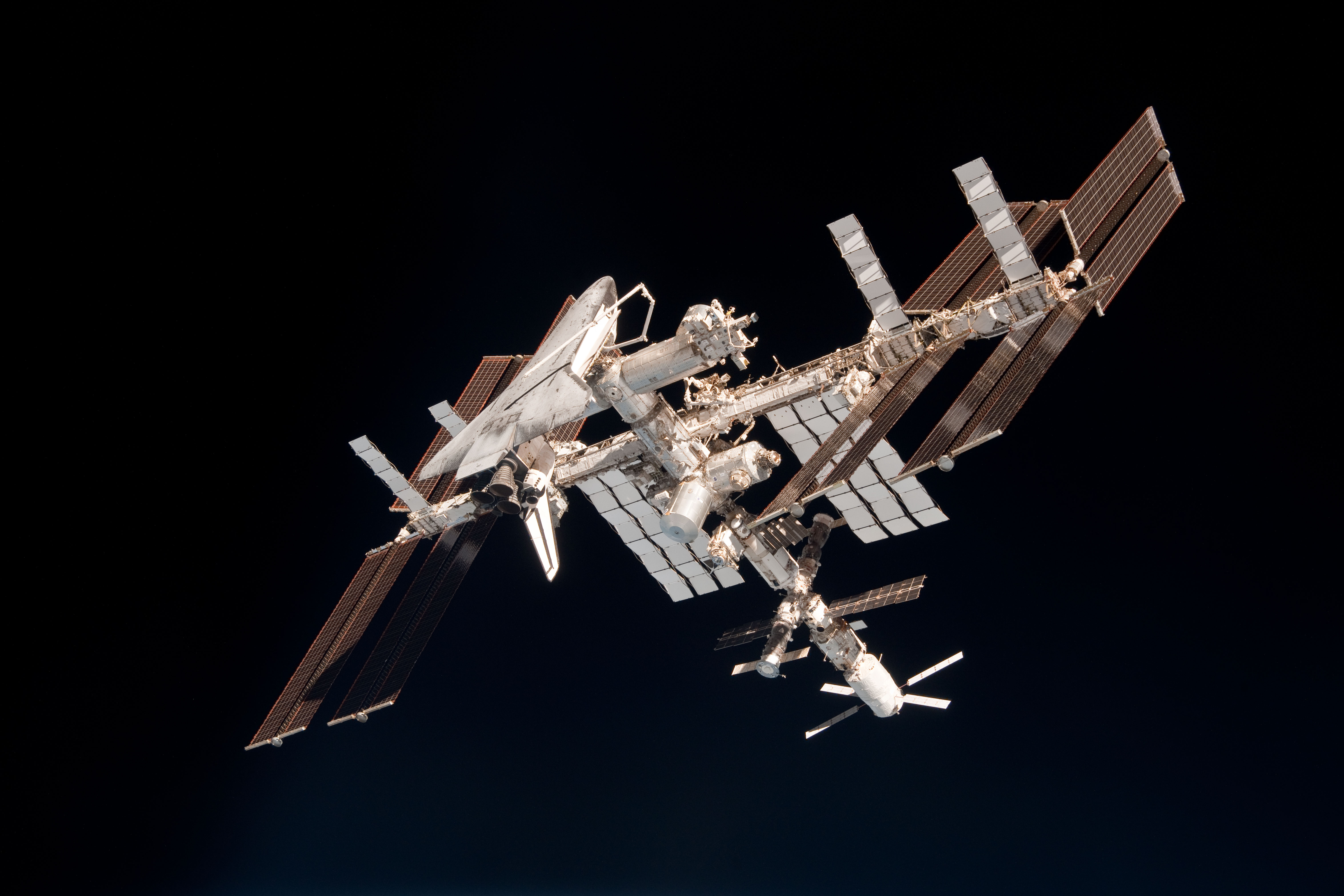Purpose:
The purpose of this Solar Energy Experiment is to understand the relationship between light intensity and the voltage output of the solar cell used. To change the light intensity, we must change the distance between the solar cell and the light source. The second part of this experiment is to understand the relationship between the wavelength of light and the voltage output of the solar cell by using different colored filters on the light source when the light source is held a constant distance from the solar cell. At the end of these experiments, a graph and bar chart will be created to show both relationships.
Hypothesis:
I believe that the closer the light source is to the solar cell, the stronger the voltage output will be, while a lightly colored filter would offer the best voltage production.
Equipment:
- One solar cell
- One voltage probe
- One NXT adaptor
- NXT with light sensor
- One light source
- Labview VI
- Ruler
- Colored film filters
- Excel sheet


Procedure:
Experiment 1:
- Connect solar cell, voltage probe, NXT adaptor, and light sensor together
- Open Tabview VI program
- Using a ruler, choose a small distance to place the light source from the solar cell
- Turn on the light source and run the experiment for 10 seconds
- Record your results
- Choose 4 more distances and repeat steps 3-5.
Experiment 2:
-
- Connect solar cell, voltage probe, NXT adaptor, and light sensor together
- Open Tabview VI program
- Choose a filter and place it on top of the solar cell
- Place the light source on top of the solar cell with the chosen filter
- Turn on the light source and run the experiment for 10 seconds
- Record your results
- Run the experiment 3 more times choosing a different filter each time and repeat steps 4-6
Results:
Distance vs Voltage:
| 0 cm | 5 cm | 10 cm | 15 cm | 20 cm |
| 0.521604 | 0.281683 | 0.21625 | 0.205986 | 0.172628 |

Filter Color and Affect of Voltage:
| Green | Pink | Red | Purple |
| 0.461303 | 0.456171 | 0.488246 | 0.471567 |

The numbers found in the both the charts and graphs are an average of the 10 data points taken over the 10 second span each experiment was run.
The average can be taken by adding all data points together and dividing by the number of data points.
Conclusion:
The distance of the light source and the voltage were directly related as the further away the light source got, the less voltage was produced by the solar cell. This makes perfect sense as less light was able to reach the solar cell from a longer distance. I was surprised to find that a dark filter color, such as red, was able to create more voltage than the lighter colored filters. The light source was held at a constant 0cm away from the solar cell with the filter and the .488 average we got from the experiment using the red filter was very close to the .521 average we got when testing the voltage produced by the solar cell at a distance of 0cm without a filter.
















